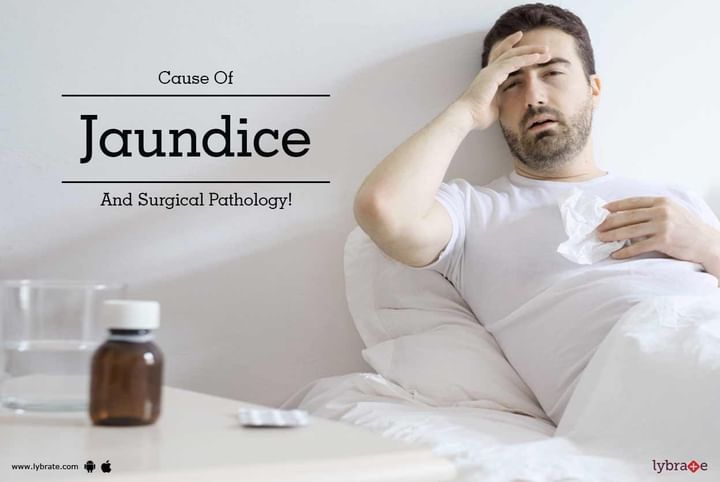Cause Of Jaundice And Surgical Pathology!
Jaundice is a condition that results in excess of bilirubin in the blood. One of the first signs that become evident is the skin becomes yellowish in color. This article will reflect on the probable causes of jaundice and the way to detect them. While there are a lot of treatment options, the exact course of treatment depends on the underlying cause of the disease.
Causes of Jaundice:
Jaundice is the result of an underlying disorder that either cause overproduction of bilirubin or stops the liver from getting rid of it. In either case, the bilirubin gets deposited in the tissue. Some of the underlying causes of jaundice include the following:
- Liver inflammation: An acute inflammation of the liver can restrict the liver to conjugate resulting in accumulation of the bilirubin inside the liver.
- Inflammation of the bile duct: This is a serious condition that might result in non-secretion of the bile and failure to remove the bilirubin resulting in jaundice.
- Gilbert's syndrome: This is an inherited condition. It restricts the enzymes to excrete bile resulting in jaundice.
- Hemolytic anemia: This is a condition where a large amount of RBC is broken down resulting in an increased production of bilirubin. This lead to jaundice.
- Cholestasis: This is a condition that leads to an interruption of the flow of bile from the liver. As a result, the bilirubin gets accumulated in the liver resulting in jaundice.
- Dubin-Johnson syndrome: This is again an inherited condition that stops the bilirubin from draining out of the liver.
- Pseudojaundice: This is a harmless condition that might result in jaundice due to an excess of beta-carotene. People who tend to eat a lot of melon, carrot, and pumpkin have a high possibility of getting this type of jaundice.
- Crigler-Najjar syndrome: This is a genetic condition that impairs the ability of the tissue to excrete bilirubin from the liver resulting in jaundice.
Surgical Pathological Cause-
- CBD stone
- Periampullary carcinoma of pancreas
- Cholangiocarcinoma
- Choledochal cyst
- Mirrizi syndrome
- Duodenal growth
How is it diagnosed?
- Urine Test: A urine test aims to measure the count of urobilinogen. The latter is produced when bacteria inside the body breaks the bile into smaller parts. A Higher count of urobilinogen certainly suggests the indication of Jaundice.
- Blood tests and Liver function: A liver function test can help a doctor diagnose certain liver ailment such as the cirrhosis, hepatitis and alcohol led diseases. Apart from these, the protein produced by liver and releases into the body tends to fall. A blood work will capture the reading and indicate towards jaundice.
- Imaging tests: Imaging tests are only required when post-hepatic or intra-hepatic jaundice is suspected. Some of the tests that are helpful include MRI, Ultrasound scan and CT scan.
- Liver Biopsy: A biopsy is recommended to witness the condition of the liver when the liver is affected by serious condition along with jaundice such as cirrhosis etc.
Treatment-
In surgical pathology(jaundice), laproscopy / open surgery require according to diagnosis and symptoms! If you wish to discuss about any specific problem, you can consult a Gastroenterologist.



+1.svg)
